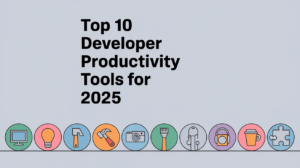Minimalism is the antithesis to the age of information overload. With the rise of social media, intrusive internet searches, GPS enabled ride-sharing, etc. our lives are more digitally brutalist than ever before.
The rise of minimalism both as a life path and a design philosophy would have been quite predictable for anybody paying attention. Quintessentially, what minimalist web design means is the drastic reduction of useless design elements and restructuring the design to be more functional than anything else.
We take a deep dive into the less is more approach in web design called minimalism, to give a better picture to business, brands, and website design and development services providers across the spectrum.
Contrasting Colors
The intelligent use of colors is the hallmark of good minimalist web design. Using stark colors is fun, but can be a risky endeavor when making minimalist web design. One thing to consider is that using a single color palette of a single stark color can work wonders in minimalism.
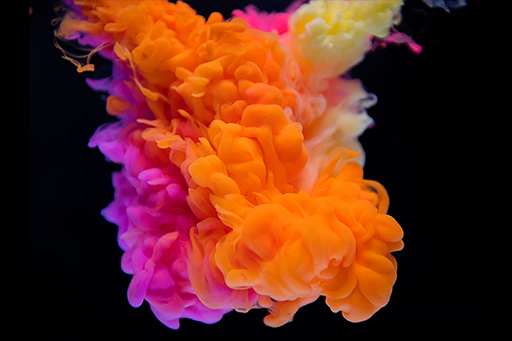
Using contrasting colors is also a good way of grabbing the user’s attention without using too many design elements. Mixing bright and soothing colors with toned-downed hues can work wonders for any minimalist website.
Navigation Made Easy
The key to a great minimalist website is simplicity and mobility. You need to give your users the ability to fluidly move between different pages, elements, etc. on your website. To achieve this goal you must only keep the most important navigation elements.

Prominent advice for new website design and development services providers would be to leave the ‘Menu’ button untouched and merge other navigation buttons in it. You can substitute the company’s logo as the ‘Homepage’ button, this will save you both screen-real estate and also look cool. Making your website’s navigation buttons stand out a little can also help increase user interaction with the website.
Typography Is Important
The importance of typography cannot be stressed enough in good web design. The typography of your website is an unparalleled outlet for your creativity. Minimalist typography is where you keep things easy to read, along with it being able to catch the attention of the user.
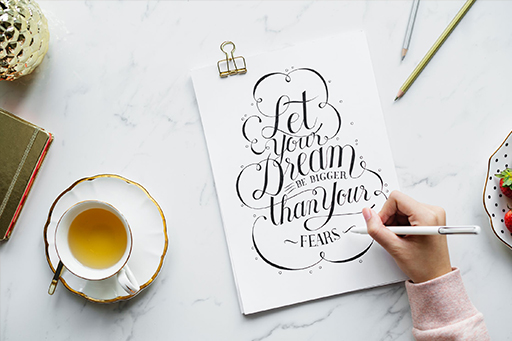
To follow the minimalist design philosophy, you need to keep your different design elements low. Effective use of typography can greatly reduce your dependence on multiple design elements to get a point across. Animated fonts make for a visually intriguing picture in the minds of the users.
Between 2009 and 2017, more than 50% of all webpages were made keeping a mobile-centric design in mind. Thus website design and development services providers need to give smartphones priority while designing websites.
Photographic Beauty
Human beings are visual creatures, who have been evolutionarily wired to be attracted to pretty things. Thus it wouldn’t require a genius to figure out that you need to work on your minimalist website’s beauty quotient.
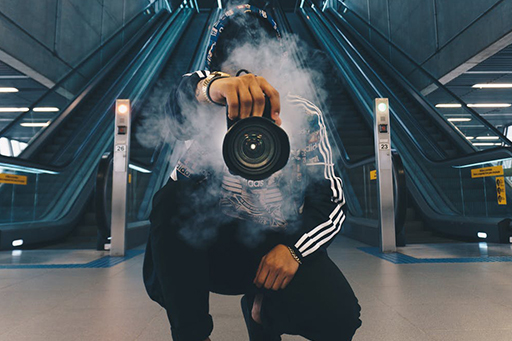
One way of achieving a high beauty quotient is by using large-scale and bright HD pictures to tap into the emotional psyche of your user’s mind.
One thing to keep in mind though is the fact that you can’t just throw in pretty images and think they will work. The images that you use, need to have a deeper meaning or connection to your brand identity or message.
Utilization of Negative Spaces
To make your website design truly minimalist, you need to correctly utilize the negative spaces in your design. Negative spaces are uniquely identifiable shapes that add to your design without adding more elements. You would mostly find them in between two design elements on a website.
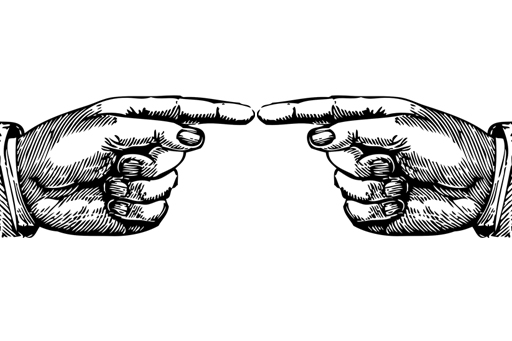
The correct utilization of negative spaces can lead to your users having a more immersive and interactive experience with your website. This, in turn, can lead to higher user retention and conversion rates. Also by using negative spaces you avoid overcrowding your website’s design, hence making it look cleaner and effortless.
As website design and development services providers, it is important to remember the cardinal rule of doing negative spaces. That is to keep the number of elements low, to reduce the number of distractions to the user.
Our Take
The minimalist design philosophy is on the rise currently. Due to the information overload of today’s world, netizens want to feel and see designs that aren’t attacking their senses every second.
Contrary to popular belief, minimalist design can also work wonders for content-centric websites. Given the fact that the content itself isn’t brutalist in nature.
Minimalism seems simple when looked from the outside, but the work it takes to build a functionally good minimalist web design is exponential. One thing to always remember is that create a design that is functionally brilliant and doesn’t sacrifice usability for being ‘pretty’.


